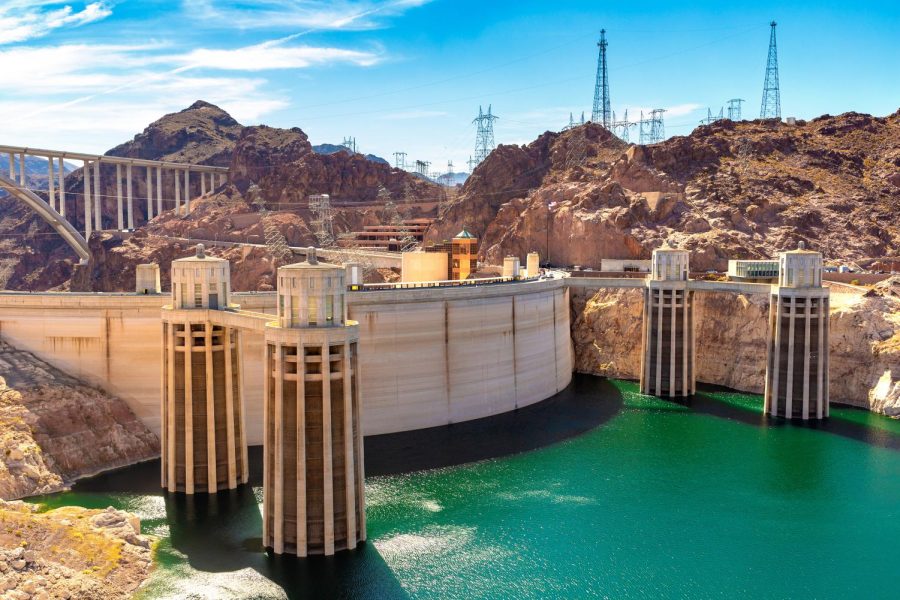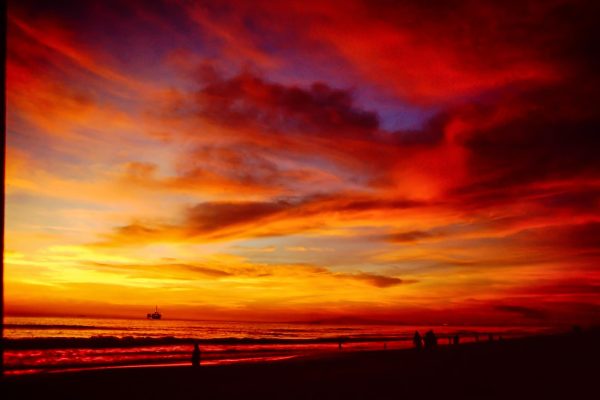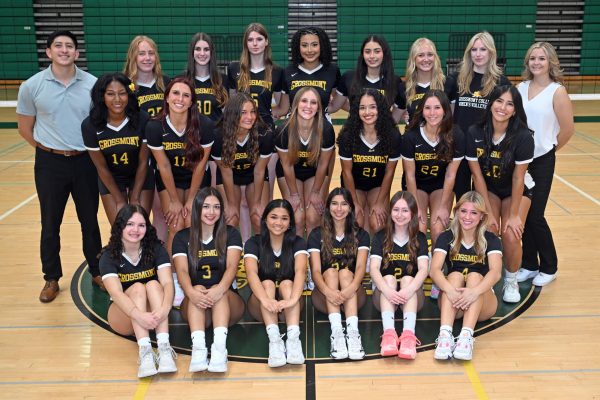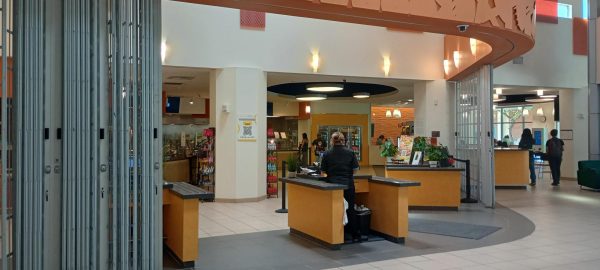An Unprecedented Crisis
Water levels in Lake Mead and the Colorado River have dropped drastically causing drastic water shortages across the region.
October 5, 2022
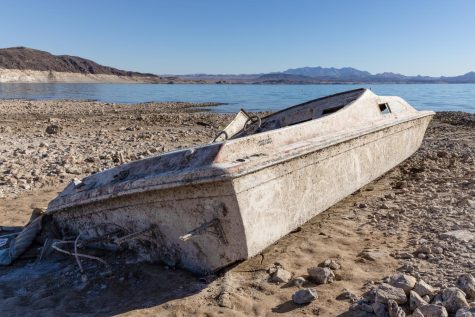
The West is facing an unprecedented crisis, with water shortages facing many states like Arizona, Nevada and California. Researchers have suggested today is the driest point we have seen in the last 1,200 years, and it is continuing to get worse as climate change compounds the effects for another decade.
We have watched this past summer as wildfires have raged across communities, and fueling these fires are the virtually unmanageable dry conditions we are currently facing. This is becoming more apparent with the increasing decline in water levels for the Colorado River and Lake Mead. The images below show just how drastic the decline has been and how fast climate change has altered the way we have begun to manage our water use across the region.
Water levels in Lake Mead have dropped so low that local authorities have begun solving missing person cases because human remains have been found surfacing in the reservoir. A sunken World War II-era boat has also resurfaced, and schools of fish have been found dead. Lake Mead is close to reaching the dreaded “dead pool status.” This status ultimately means water can no longer flow to the hydroelectric power stations due to low water levels, making it effectively “dead” for human use.
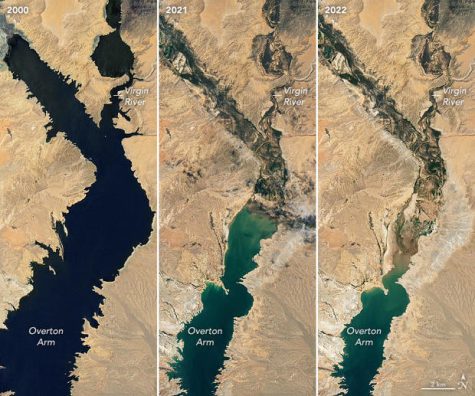
Lake Mead needs to maintain a certain water level so that it may pass through the Hoover Dam to provide water and power for over 25 million people. Arizona, California, New Mexico and Nevada have all been affected by the decreasing water level.
Michelle Helms, a spokesperson for the U.S. Bureau of Reclamation, told CBS News that Hoover Dam’s maximum capacity for power generation was 1,320 megawatts last week, which is 36% less power than the dam can usually produce.
Lake Mead and the Hoover Dam play a significant role in allocating and separating the Colorado River so that it may provide water to over 40 million people. The Colorado River provides water to indigenous tribes and national parks and provides irrigation to 5.5 million acres of farmland.
Griffin Miguel Mendoza shared his thoughts on the growing concern for the water shortage here in Southern California.
“I haven’t been thinking about it all that much,” he said, “but I think it’s something that we all take for granted and assume the water is going to just keep coming out of our faucets forever. But I know that isn’t true and I don’t want to imagine what it will look like when things get so bad that they have to start limiting everyone because I don’t think people will handle that very well.”


